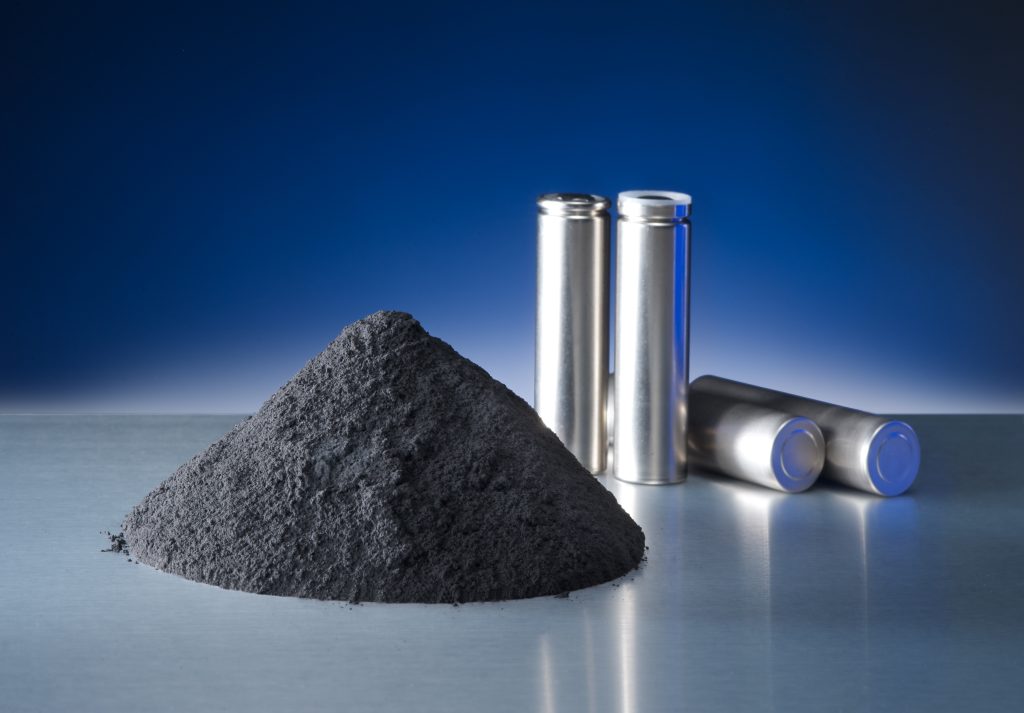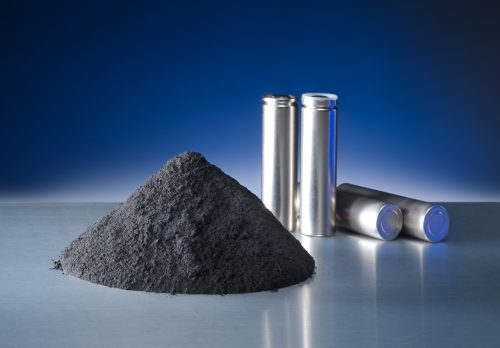The negative electrode of the lithium-ion battery is formed by mixing the negative electrode active material carbon material or non-carbon material, binder and additives, and the paste is evenly applied on both sides of the copper foil, dried and rolled. The negative electrode material is the main body of the lithium-ion battery to store lithium, allowing lithium ions to be intercalated and extracted during charging and discharging. From a technical point of view, the anode materials of lithium-ion batteries in the future will show the characteristics of diversity.
With the advancement of technology, the current lithium-ion battery anode materials have developed from a single artificial graphite to natural graphite, mesocarbon microspheres, artificial graphite, soft carbon/hard carbon, amorphous carbon, lithium titanate, silicon The coexistence of multiple negative electrode materials such as carbon alloys.
Negative electrode material: graphite is mostly used. New research finds that titanates may be a better material. Negative electrode reaction: lithium ions are inserted during charging, and lithium ions are deintercalated during discharging. When charging: xLi++ xe-+ 6C → LixC6; when discharging: LixC6→ xLi++ xe-+ 6C
Lithium-ion battery negative electrode materials are roughly divided into six types: carbon negative electrode materials, alloy negative electrode materials, tin-based negative electrode materials, lithium-containing transition metal nitride negative electrode materials, nanoscale materials, and nanoscale negative electrode materials.
The first is carbon anode materials: the anode materials actually used in lithium-ion batteries are basically carbon materials, such as artificial graphite, natural graphite, mesocarbon microspheres, petroleum coke, carbon fiber, pyrolytic resin carbon, etc.
The second is tin-based negative electrode materials: tin-based negative electrode materials can be divided into tin oxides and tin-based composite oxides. Oxides refer to the oxides of metal tin in various valence states. No commercial product.
The third is lithium-containing transition metal nitride anode materials, and there are no commercial products.
The fourth type is alloy-based negative electrode materials: including tin-based alloys, silicon-based alloys, germanium-based alloys, aluminum-based alloys, antimony-based alloys, magnesium-based alloys and other alloys, and there are no commercial products.
The fifth is nano-scale negative electrode materials: carbon nanotubes, nano-alloy materials.
The sixth nano material is nano oxide material: According to the latest market development trend of lithium battery new energy industry in 2009, many companies have begun to use nano titanium oxide and nano silicon oxide to add to the traditional graphite, tin oxide, nano carbon Inside the tube, the charge and discharge capacity and the number of charge and discharge times of the lithium battery are greatly improved.


